نام | EMT High Pressure Corrosion Probe Electrical Resistance Probe | ||||
مواد | فولاد ضد زنگ 316، L DUPLEX SS | ||||
دمای عملیاتی | -20 ~ 200 درجه سانتی گراد | ||||
ویژگی | عملیات 1.Easy | ||||
دقت 2.High طول عمر | |||||
بهره وری 3.High کم هزینه | |||||
پرداخت | TT/LC | ||||
مزیت - فایده - سود - منفعت | 1. انها وزن سبک و انعطاف پذیر هستند. | ||||
2. بازده تزریق خوب. | |||||
3. ردیابی مکان دقیق. | |||||
Metal Material : 316、L DUPLEX SS
Sealing Material : Teflon/ Fluororubber
Working Temperature : -20~200℃
Working Pressure : 0~26MPa
دسترسی به بدنه اتصالات و پوشش محافظ:
اندازه فلنج: ANSI 2 "RF (یا RJ)
مواد: CS 、 316L 、 DUPLEX SS
Working Pressure : 0~26MPa
Working Temperature : -20~200℃
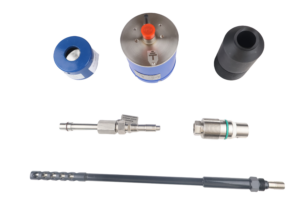
معرفی
Corrosion is a pervasive threat to industrial equipment and infrastructure, capable of causing significant material and economic damage. To effectively manage this risk, the industry employs various monitoring techniques, among which the Electrical Resistance (ER) technique stands out for its versatility and real-time monitoring capabilities. The Electrical Resistance Monitoring Tool (EMT) corrosion probe harnesses the ER method to provide a comprehensive solution for a wide range of environments where corrosion is a concern.
The Electrical Resistance (ER) Technique
The ER technique is a sophisticated method for on-line corrosion monitoring. It measures the increase in electrical resistance of a metal element as it corrodes, which is directly related to the loss of metal and, therefore, the corrosion rate. This technique accounts for both electrochemical reactions and mechanical effects like erosion, making it a comprehensive tool for assessing the health of metallic structures.
The EMT Corrosion Probe
The EMT corrosion probe is a state-of-the-art instrument designed to implement the ER technique in the field. It is comprised of two primary components:
1.The Instrument:
This can be a permanent fixture for continuous monitoring or a portable unit for periodic assessments. It is responsible for measuring and recording the resistance changes over time, which are indicative of corrosion rates.
2.The Probe:
The probe is the part of the system that is exposed to the corrosive environment. It contains a sensing element made from the same or similar material as the equipment being monitored. This ensures that the corrosion rate measured by the EMT is representative of the actual conditions affecting the infrastructure.
Advantages of the EMT Corrosion Probe

The EMT offers several advantages for industries looking to protect their assets from corrosion:
1.Real-Time Monitoring:
Offers on-line, continuous insights into corrosion rates, allowing for timely interventions.
2.Versatility:
Suitable for a variety of environments, including those with poor electrolytes such as gases and nonaqueous liquids.
3.Customizable Probes:
The sensing elements can be tailored to match the materials of the infrastructure being monitored, providing more accurate and relevant data.
4.Preventive Maintenance:
Data from the EMT can inform maintenance schedules, preventing catastrophic failures and extending the life of equipment.
برنامه های کاربردی
Due to its adaptability, the EMT corrosion probe is ideal for a wide array of applications. Some of the key industries and structures where the EMT can be particularly beneficial include:
1.Oil and Gas:
For monitoring both production and transmission systems, where preventing leaks and ensuring pipeline integrity is critical.
2.Petrochemical Plants:
In process streams where corrosion can lead to inefficiencies or hazardous conditions.
3.Infrastructure:
On the external surfaces of buried pipelines and in feedwater systems where corrosion can go undetected until failure.
4.Environmental Control:
In flue gas stacks and other emission control systems where corrosion can hinder performance.
Architecture: For the maintenance of metal elements in buildings and structures, ensuring longevity and aesthetic quality.
نتیجه
The EMT corrosion probe represents a significant advancement in corrosion monitoring technology. By providing an accurate, on-line, and versatile system, the EMT ensures that industries can effectively manage the persistent challenge of corrosion, thereby protecting assets, the environment, and human life.
Corrosion probes Vs Corrosion coupons
The corrosion probes and corrosion coupons are both tools used to monitor corrosion rates in various industrial systems, but they operate on different principles and offer distinct advantages and disadvantages.
کوپن های خوردگی:
A corrosion coupon is a small, standardized piece of metal that matches the material composition of the system it will monitor. You install it directly into the flow of the process stream, and it remains there for a set period. After removal, the coupon is cleaned and analyzed to determine the amount of corrosion that has occurred, usually by measuring the weight loss. This method provides a direct, tangible means to measure the metal loss due to corrosion over time.
- Advantages of Corrosion Coupons:
Simple and inexpensive method.
Direct measurement of metal loss.
Provides a visual indication of corrosion type and severity.
- Disadvantages of Corrosion Coupons:
Provides data on corrosion rates only over the period it was exposed, not in real-time.
Requires system shutdown for removal and installation.
Analysis can be time-consuming and delayed.
Corrosion Probes:
Corrosion probes are more sophisticated devices that allow for real-time monitoring of corrosion rates. These probes can be permanently installed in a system and connected to a meter that records corrosion rates continuously. They work by measuring electrical parameters that correlate with corrosion activity, such as electrochemical noise, linear polarization resistance, or electrical resistance.
- Advantages of Corrosion Probes:
Real-time monitoring of corrosion rates.
No need for system shutdown for data collection.
Can provide immediate feedback for process adjustments.
- Disadvantages of Corrosion Probes:
More complex and expensive than corrosion coupons.
Requires calibration and can be sensitive to changes in process conditions.
The interpretation of data may require specialized knowledge.


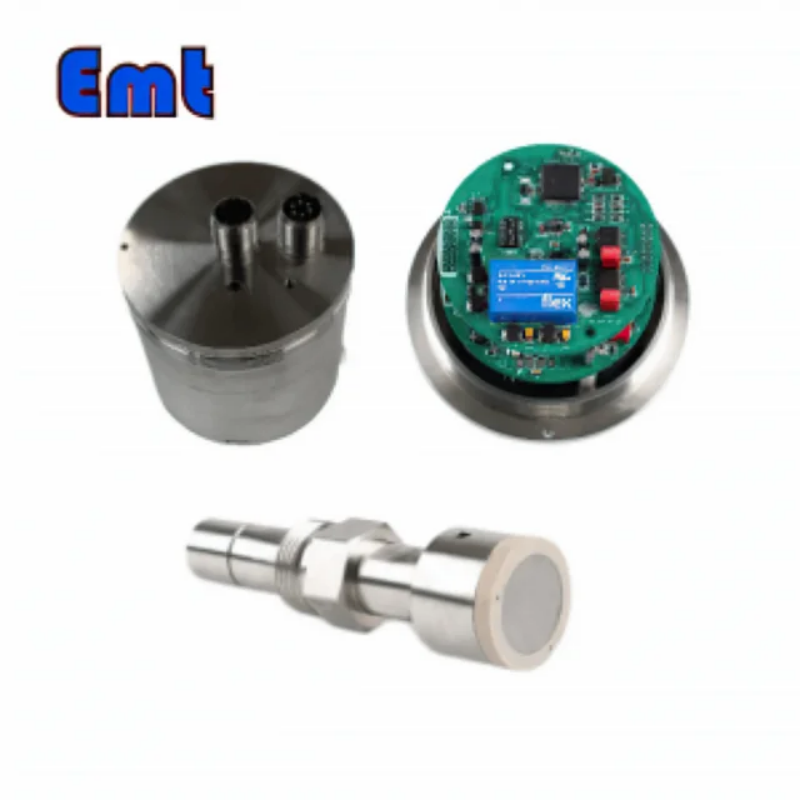
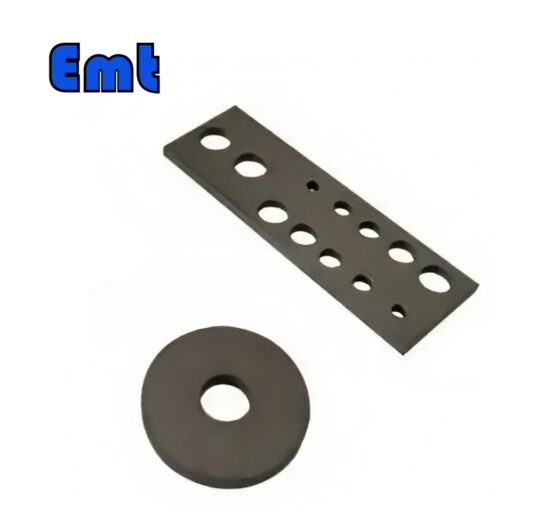
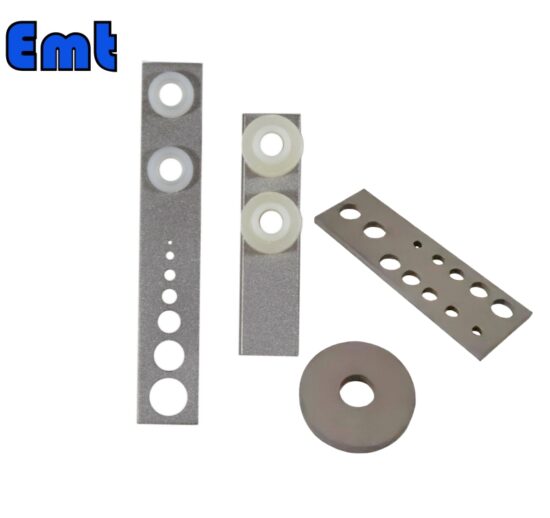
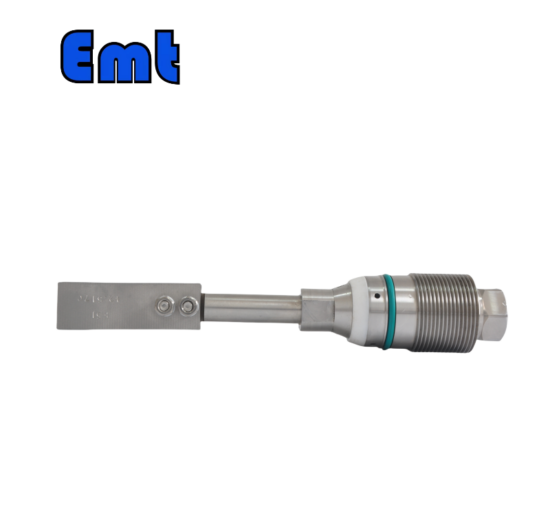
هنوز هیچ بررسی وجود ندارد.